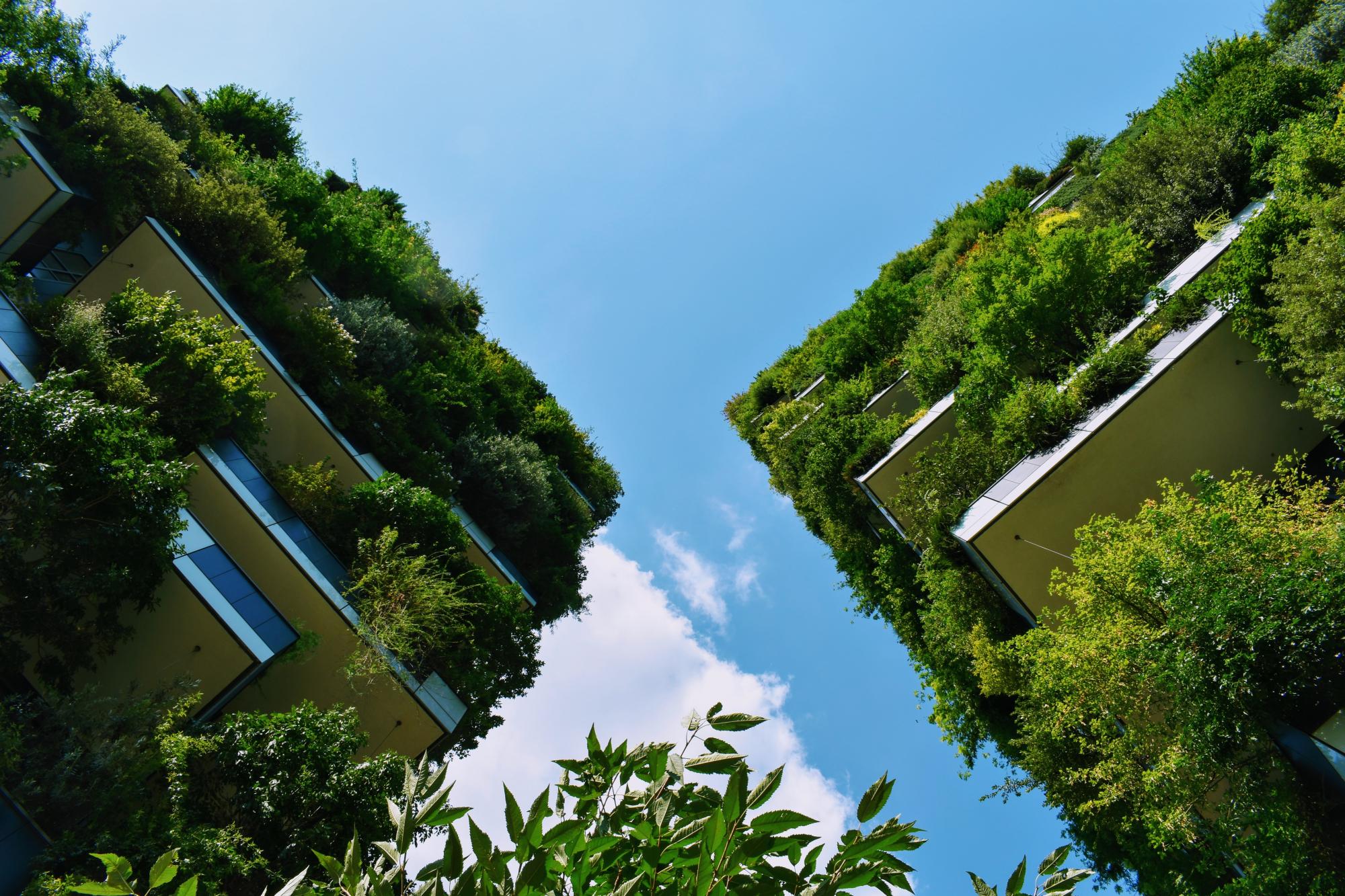The Wetlands uses natural processes for water treatment and involved local communities in the regeneration of the area. The Wetlands were constructed in 2005 by diverting a small flow of Chellow Dene Beck through a constructed wetland designed to improve the appearance, water quality and biodiversity of the site. It consists of a series of ponds at the lower end of the site that acts together to remove impurities from the water before returning it to the beck further downstream. The creation of wetlands and maintenance is also a part of the larger Bradford beck project. (reference 1) The site is also used as a recreational trail for the local people and tourists (ref 4). As the reservoir is a local recreational centre it also promotes (paid) recreational fishing activities in some designated spots (ref 5).
Overview
Nature-based solution
- Blue infrastructure
- Lakes/ponds
- In-land wetlands, peatlands, swamps, and moors
- Green areas for water management
- Sustainable urban drainage systems
Key challenges
- Green space, habitats and biodiversity (SDG 15)
- Habitat and biodiversity conservation
- Green space creation and/or management
- Water management (SDG 6)
- Stormwater and rainfall management and storage
- Cultural heritage and cultural diversity
- Protection of historic and cultural landscape/infrastructure
- Health and well-being (SDG 3)
- Creation of opportunities for recreation
- Social justice, cohesion and equity (SDG 10)
- Social interaction
- Environmental education
Focus
Project objectives
Implementation activities
Biodiversity conservation or restoration-focused activities
Biodiversity conservation:
- Protect and enhance urban habitats
- Promote environmentally-sound development in and around protected areas
- Means for conservation governance
- Raise public awareness
- Public engagement
Main beneficiaries
- Local government/Municipality
- Citizens or community groups
- Young people and children
Governance
Management set-up
- Government-led
Type of initiating organisation
- Local government/municipality
Participatory approaches/ community involvement
- Co-planning (e.g. stakeholder workshops, focus groups, participatory mapping)
- Consultation (e.g. workshop, surveys, community meetings, town halls)
- Joint implementation (e.g. tree planting)
Details on the roles of the organisations involved in the project
Project implemented in response to ...
Financing
Total cost
Source(s) of funding
- EU funds
Type of funding
- Direct funding (grants, subsidies, or self-financed projects by private entities)
Non-financial contribution
Impacts and Monitoring
Environmental impacts
- Environmental quality
- Improved soil quality
- Water management and blue areas
- Improved water quality
- Improved stormwater management
- Green space and habitat
- Increased green space area
Economic impacts
- More sustainable tourism
Socio-cultural impacts
- Social justice and cohesion
- Increased opportunities for social interaction
- Health and wellbeing
- Gain in activities for recreation and exercise
- Education
- Increased knowledge of locals about local nature
Type of reported impacts
Presence of formal monitoring system
Presence of indicators used in reporting
Presence of monitoring/ evaluation reports
Availability of a web-based monitoring tool
References
2. Patel N. 2006. Wet and wild clean-up will bring water dream to life. The Telegraph and Argus. Accessed: Source link [Accessed 24 July 2020].
3. Stovin, V. , Swan A., Moore, S. 2007. Retrofit SUDS for Urban Water Quality Enhancement. Sheffield University. page 24. Accessed: Source link [Accessed 24 July 2020].
4. Source link. 2014. [online] Available at: <Source link [Accessed 24 July 2020].
5. Source link. 2020. Waters_Still_Waters. [online] Available at: <Source link [Accessed 24 July 2020].
6. Bradford Telegraph and Argus. 2013. Swimmers Warned Of Chellow Dene Reservoir Danger. [online] Available at: <Source link [Accessed 24 July 2020].
7. Tripadvisor. 2020. Chellow Dean (Bradford) - 2020 All You Need To Know BEFORE You Go (With Photos) - Tripadvisor. [online] Available at: <Source link [Accessed 24 July 2020].
8. 2020. [online] Available at: <Source link [Accessed 24 July 2020].

